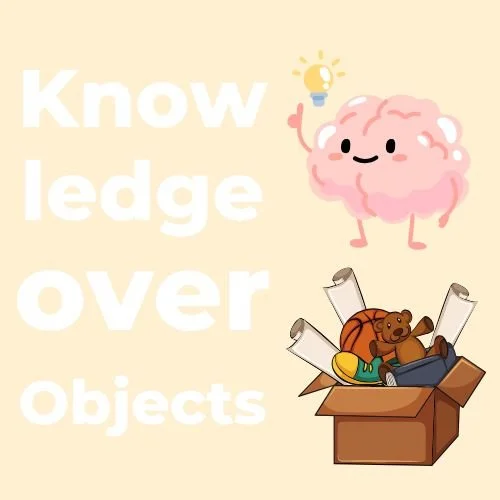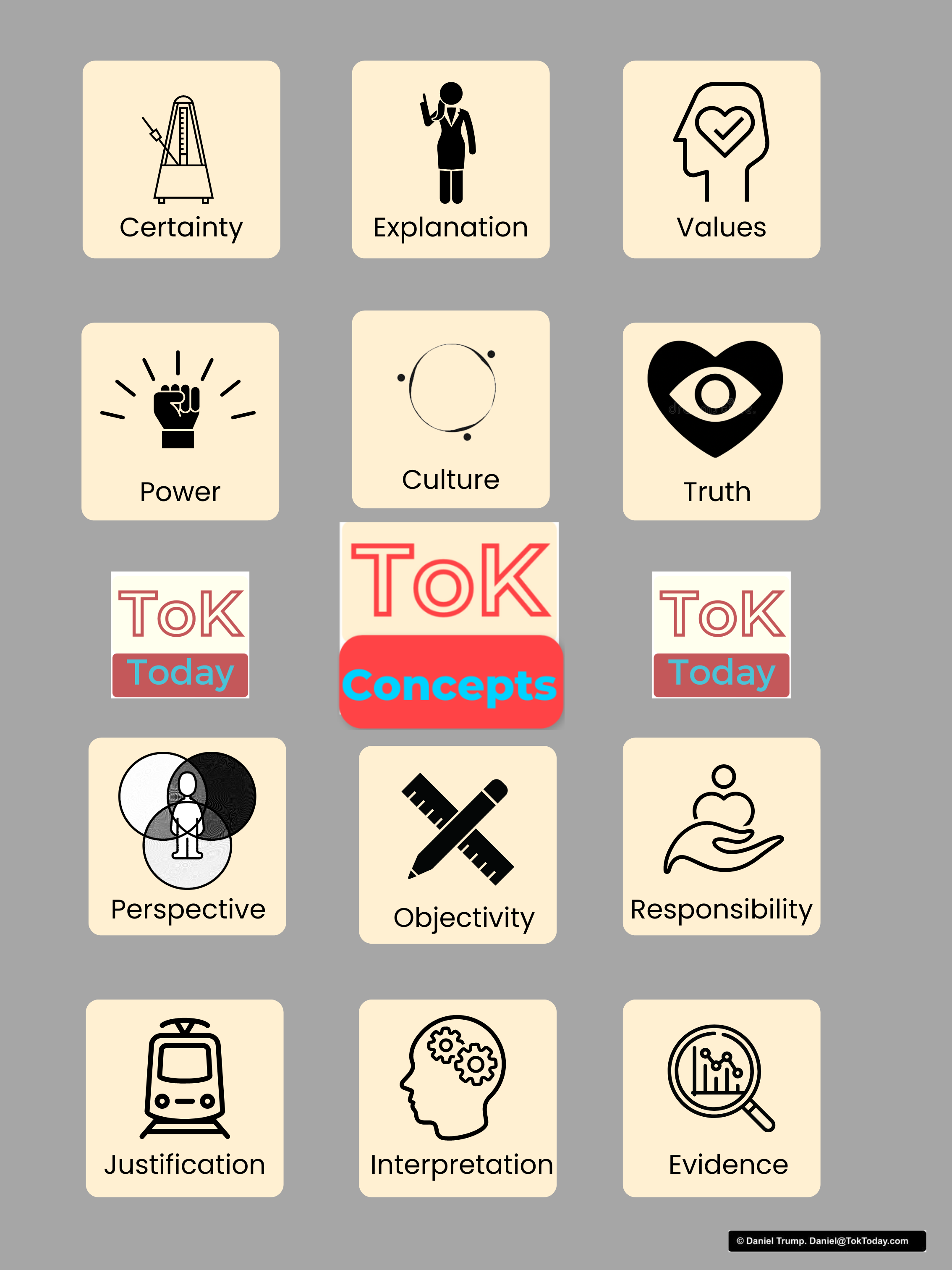ToK Exhibition Prompt #17: Why Do We Seek Knowledge?
If you’re working on your Theory of Knowledge (ToK) Exhibition and have chosen Prompt #17 – “Why do we seek knowledge?” – you’ve picked one of the most wide-ranging and conceptually rich prompts on the list. This blog will help you navigate how to approach it, build strong knowledge arguments (also known as justifications), and link them meaningfully to real-world objects.
Start With Knowledge Arguments, Not Objects
Although the IB suggests starting with objects, I recommend you begin by developing your knowledge arguments. Why? Because the strength of your commentary lies in the depth and clarity of your thinking. Your choice of object is important, of course – but it’s the knowledge argument that earns you marks in the upper range of the rubric. So, start with knowledge. Objects come second.
Prompt #17 lends itself exceptionally well to exploring the 12 ToK core concepts – concepts like explanation, interpretation, perspective, power, and evidence. In fact, it’s one of the best prompts for putting these to use. I’ll share three sample knowledge arguments below, each linked to a different core concept, and then give you a real-world object that illustrates each one in action.
Knowledge Argument 1: We Seek Knowledge to Explain the Previously Unexplained
This is perhaps the most intuitive answer to the prompt. Humans are naturally curious, and we seek knowledge to understand the world around us – especially those things that don’t make immediate sense.
Object: Dr Eileen Barker’s notebook of field observations made during her 7-year sociological study of the Unification Church, which informed her book The Making of a Moonie (1984).
Justification: Dr Barker’s research sought to explain what initially appeared as irrational or puzzling behaviour – how individuals become deeply committed to cults. Her notebook represents a search for explanatory knowledge grounded in human sciences. Through careful observation and evidence gathering, she aimed to increase the reliability of our understanding of a complex social phenomenon.
Knowledge Argument 2: We Seek Knowledge to Increase the Power of Ideas, Perspectives, Values, and Culture
This argument explores knowledge not just as a means to understand, but as a way to empower and elevate certain viewpoints or theories. Knowledge can give cultural and intellectual ideas more influence and credibility.
Object: Dorothea Bate’s 1901 book A short account of a bone cave in the Carboniferous limestone of the Wye Valley.
Justification: Bate was an early palaeontologist whose work provided tangible support for the theory of evolution by natural selection – a theory still controversial at the time. Her research contributed to the growing epistemological power of evolutionary theory. She was employed at the Natural History Museum in London, whose mission was to validate and popularise evolutionary science. This object demonstrates how seeking knowledge can serve to strengthen the intellectual legitimacy of a broader academic framework.
Knowledge Argument 3: We Seek Knowledge to Demonstrate that There Are Multiple Interpretations of Our World
Not all knowledge is about certainty or reduction of ambiguity. Sometimes, we seek knowledge to expand the number of available perspectives – to reveal that there is no single truth, but a plurality of understandings.
Object: The camera used by photojournalist Philip Jones Griffiths during his coverage of the Vietnam War in the 1960s and ’70s.
Justification: Griffiths’s photographs offered a stark contrast to the official narratives coming out of the United States. His book Vietnam Inc. (1971) deliberately focused on the Vietnamese people and the destructive impact of the war. The camera, as a knowledge-producing tool, allowed Griffiths to seek and share a radically different perspective. This object highlights that we sometimes seek knowledge not to unify viewpoints, but to challenge dominant interpretations and invite greater diversity of understanding.
Final Thoughts: Writing Your Commentary
Once you’ve chosen your knowledge arguments and corresponding objects, it’s time to write your 950-word commentary. My advice? Be direct. You only have around 315 words per object, so avoid flowery intros or filler. Focus on clearly linking your object to the prompt through your knowledge argument. Everything in your commentary should serve this purpose.
If you want help with structuring your Exhibition, there are additional resources and videos on the ToKToday website. And if you’re looking for even more knowledge arguments, check out my book Every ToK Exhibition Prompt Explained – each prompt includes three knowledge arguments that are different from the ones presented here.
If you’d like personal help with your ToK Exhibition or Essay, you can contact me directly at: Daniel@ToKToday.com.
Until then – enjoy your writing, and stay ToKtastic!
Daniel, Bangkok, Aug 2025
Like this post? Share it with a fellow ToK student, or follow us for more insights on how to ace the Theory of Knowledge.






